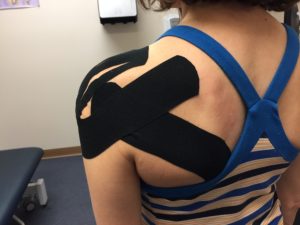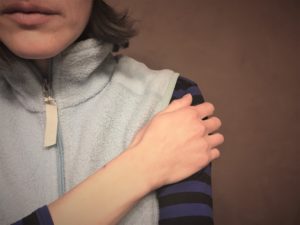This website is new, so bear with me while we wait for more responses to the Sirv-ey (haha). In the meantime, I’ve collected SIRVA data from papers in medical journals about shoulder injuries from misadministered vaccines and added it to the survey responses, so we have something to look at. But first, a few observations about the survey data, starting with the most depressing:
- 100% of respondents had seen a medical practitioner or several who expressed skepticism that the vaccine shot was the cause of their shoulder problems. Some doctors had never even heard of this happening. Orthopedists were more likely to be aware of the problem of SIRVA, but among respondents there were some orthopedists/shoulder specialists who expressed skepticism. (How do we increase awareness of SIRVA in the medical profession?)
- Everyone could point to a special activity or sport, from the very athletic to the typical (e.g., picking up their kids) that they are limited or unable to do because of their injury.
- So far, all respondents are still currently in the middle of their injury (average length of time since shot: 1.4 years). This makes sense because those of us in the middle of our injury are the most likely to be searching the web and seeking out more information. I hope to get some survey respondents who have fully recovered and can tell us how long it took.
- Cortisone shots appear to be of mixed effectiveness. In the literature, 23% of SIRVA cases were reported as getting cortisone injections. In our survey, 75% of respondents had a cortisone injection, with most reporting it to be “slightly helpful” and one person reporting it as “made symptoms worse.”
Most of the medical literature cases report on the patient’s recovery after the injury has resolved, although some are published while the patient is still not 100% or did not report follow-up visits. Analyzing the data is difficult, but at some point I will look at this more closely. Most cases presented in the literature resolve in less than 1 year, but in one study, only 31% report “full” recovery, with the remaining 69% reporting residual symptoms at the time of publication. I really hate typing up things that don’t give me hope, but I’m also going to report it like it is. (One can hope that the 69% with residual symptoms did eventually fully recover, just not in time for the publication of that paper.)
At (almost) 4 months out from my flu shot, I’m particularly interested in the question of whether some type of surgical intervention would cure the problem. If so, I would do it, but my orthopedist here at home counsels patience. In Atanasoff et al. 2010, 31% of cases (4 out of 13) eventually had surgery; in a broader look at all the data I could collect (total of 38 patients), 37% had surgery. I don’t know much about what these surgeries entail or how they differ, but types of surgery reported in the literature included:
- Irrigation or surgical joint washout (43%), e.g., 4.5 L normal saline irrigation (Floyd et al. 2010, Cross 2016)
- Distention arthrography (for cases where frozen shoulder is involved) (43%) (Degreef and Debeer, 2012)
- Debridement (one case) (Floyd et al. 2010)
- Subacromial decompression/synovectomy (one case) (Uchida et al. 2012)
- Resurfacing of humeral head (for cases where bone damage is observed) (one case) (Messerschmitt et al. 2012)
Thanks for reading; this has been “a quick squint at the data.” More to come when there are more responses to the survey!

